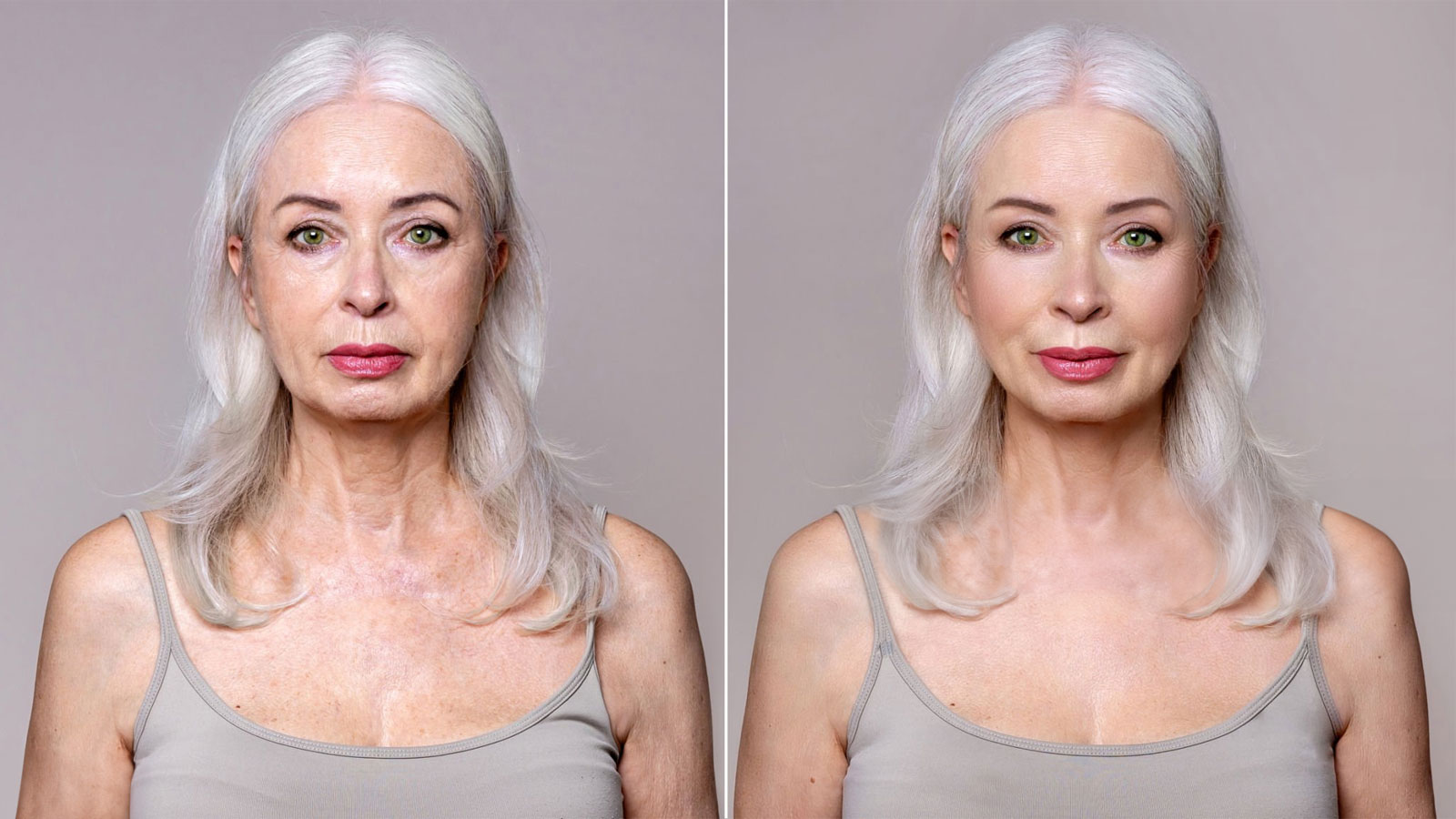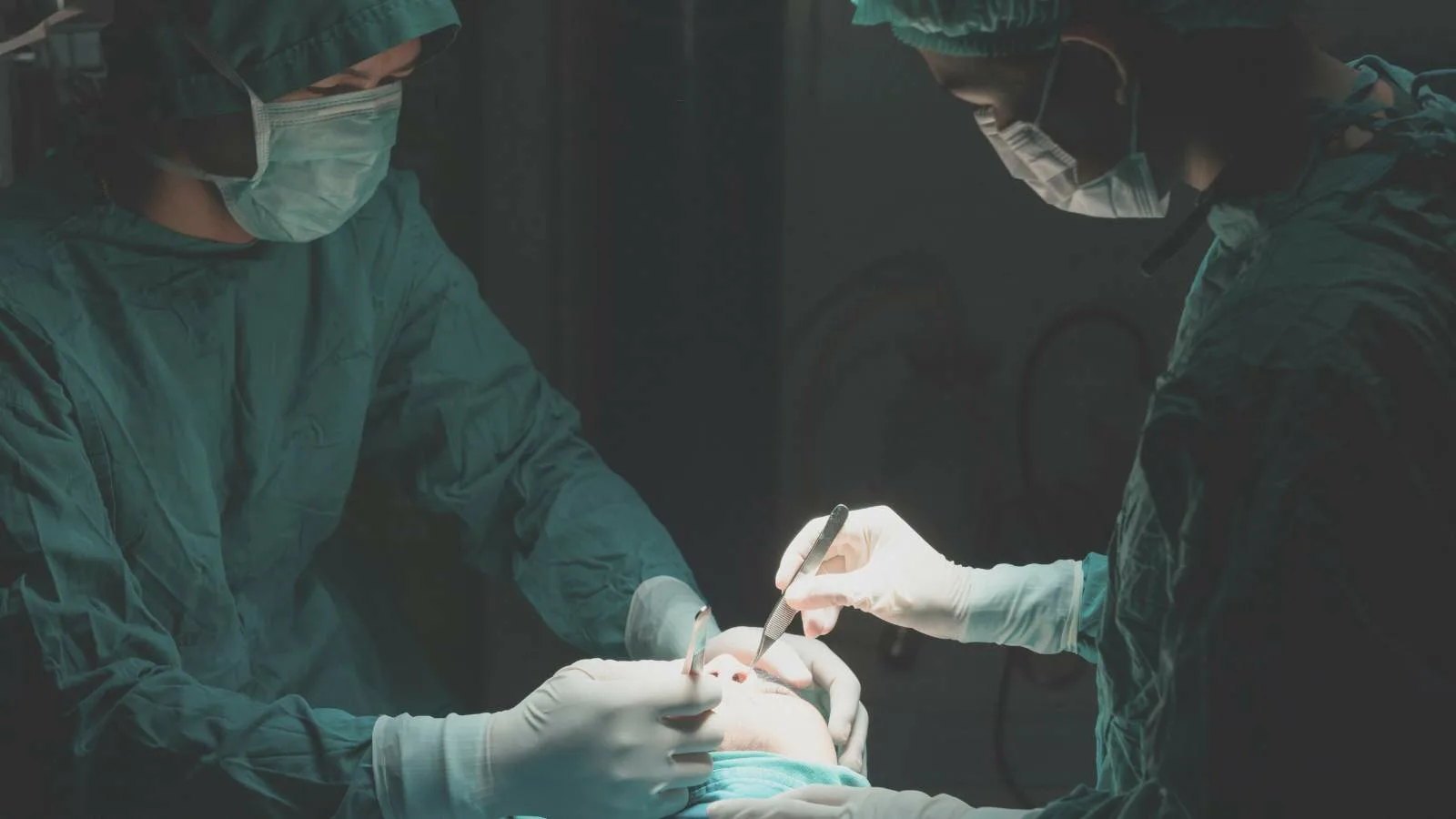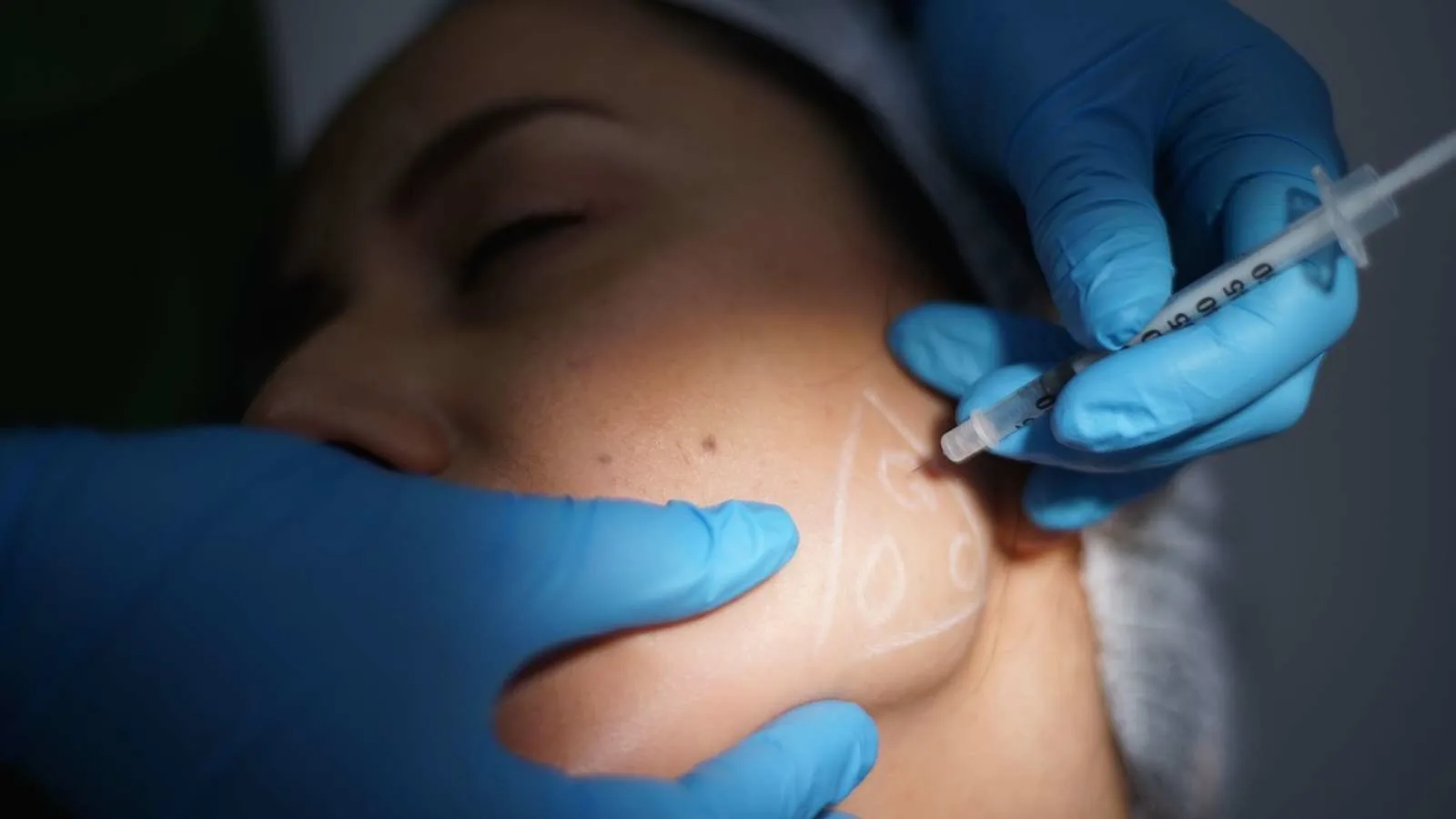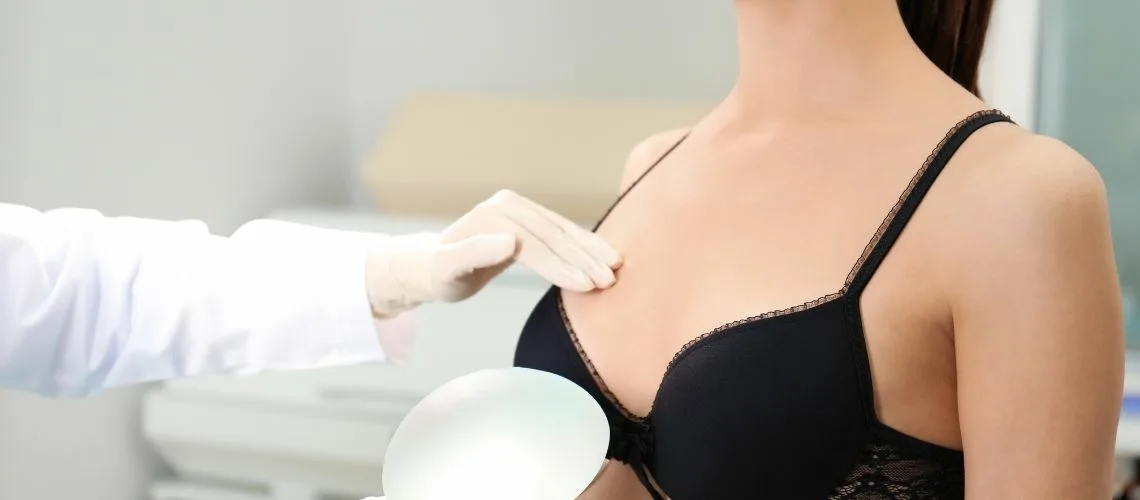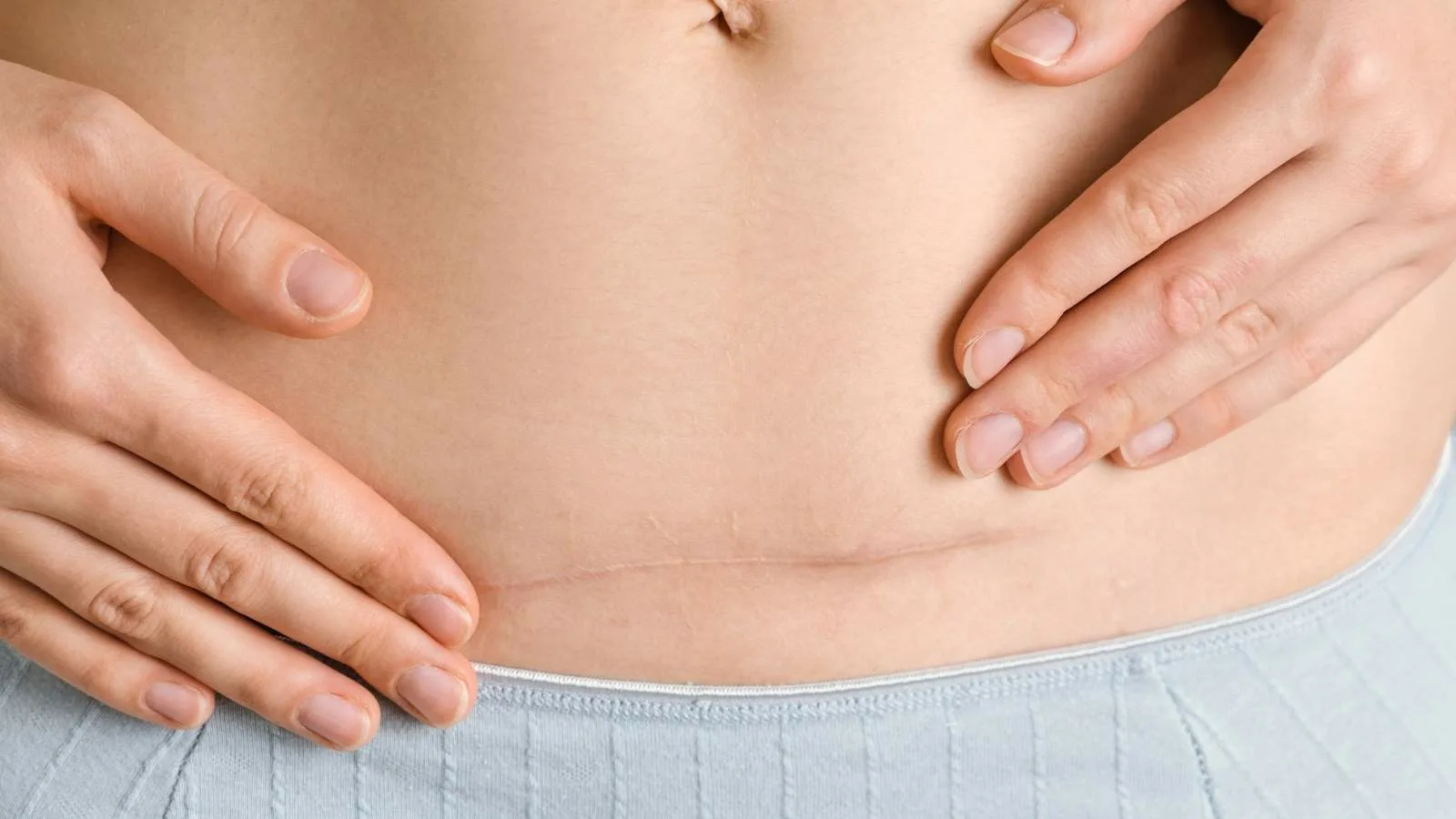Breast enlargement methods include surgical and non-surgical approaches to enhance breast size and shape. The most common and effective method is breast augmentation with implants, while fat transfer is another option for a more natural enhancement.
Breast implant augmentation provides predictable volume increase with silicone or saline prostheses. The choice of implant size, shape, and placement depends on patient anatomy, desired results, and surgeon’s recommendations.
Fat transfer breast augmentation uses the patient’s own fat harvested via liposuction. This method offers a natural look and avoids foreign materials, though it typically provides more modest volume increase compared to implants.
The best method varies depending on patient goals, body structure, and medical suitability. A personalized consultation with a plastic surgeon ensures the safest approach and most satisfactory results tailored to individual expectations.
Why Do People Choose Breast Augmentation?
Breast augmentation is among the most commonly performed aesthetic procedures. The reasons behind its popularity include:
- Personal Satisfaction and Confidence: Some individuals feel their breasts are too small for their body proportions, leading to reduced self-confidence and even limiting clothing choices. Feeling unhappy while trying on dresses or swimwear can affect quality of life. Breast augmentation often increases one’s inner happiness and self-esteem.
- Pregnancy, Breastfeeding, and Aging: Time, gravity, hormonal fluctuations, and weight changes can alter breast shape and volume. Post-breastfeeding, one may experience sagging, volume loss, or asymmetry. Restoring lost fullness and firmness with breast augmentation helps regain a more lifted, youthful look.
- Asymmetry Issues: Noticeably different sizes or shapes between the two breasts can be a significant concern. Clothing may highlight this imbalance, affecting comfort and confidence. Surgery can even out and balance both breasts.
- Combined Surgical Needs: Sometimes both a lift and increased volume (augmentation-mastopexy) are necessary. For patients with considerable sagging or those who have undergone significant weight changes, merely placing an implant may be insufficient. A lift (mastopexy) plus other procedures—like fat grafting—may yield a more satisfying outcome.
What Methods Are Used for Breast Augmentation?
When considering breast enlargement today, primary methods include silicone or saline-filled implants, fat transfer, and combined surgical techniques. Additionally, “structured” implants—formerly less common but now more technologically advanced—are available. Choosing the right one depends on your body type, expectations, and lifestyle.
Breast Implants (Silicone or Saline)
- Silicone Implants: The most familiar and widely used method, silicone implants contain a cohesive gel that mimics the feel of natural tissue. Often referred to as “gummy bear” in their latest generation, they are highly viscous, limiting gel leakage if the implant shell is compromised.
- Saline (Saltwater) Implants: Containing sterile saltwater, these implants can be inserted empty and then filled, potentially requiring a smaller incision. If a rupture occurs, the saline is safely absorbed by the body. However, saline can sometimes create a rippling effect on the breast surface.
Fat Transfer for Breast Augmentation
- Who Prefers It?: Fat transfer suits those seeking a modest increase (about one cup size). It uses the patient’s own fat, collected from areas such as the abdomen or thighs via liposuction, then processed and injected into the breasts, minimizing the risk of rejection.
- Benefits and Limitations: Fat is a natural filling material, and the area where fat was harvested can also be contoured, offering dual benefits. However, large volume enhancements may be difficult, and some of the transferred fat can be reabsorbed over time. Repeated sessions may be necessary to achieve or maintain the desired fullness.
Combination Procedures (Augmentation Mastopexy)
- Correcting Both Sagging and Volume Deficit: If there’s notable ptosis (sagging) alongside insufficient volume, a single operation can address both issues by performing a lift (mastopexy) as well as placing an implant. This combined approach typically involves a longer surgery and slightly extended recovery but can produce especially gratifying results for patients who need shape, volume, and lift simultaneously.
- Other Methods: “Structured” implants blend certain saline and silicone advantages, featuring internal chambers filled with saline to reduce rippling. Meanwhile, various experimental fillers tried in the past have not consistently met safety or durability expectations and are rarely used today.
What Should You Consider When Selecting a Breast Implant?
Implant Shape: Round or Anatomical?
- Round Implants: Provide more upper-pole fullness, creating a “plump cleavage” look. Well-suited for those desiring a pronounced upper-breast projection.
- Teardrop (Anatomical) Implants: Tapered shape, mimicking the natural breast form with a fuller lower portion and a gentler slope in the upper part. Ideal for patients seeking a subtler, more natural shape.
Implant Surface: Smooth or Textured?
- Smooth-Surfaced Implants: Often feel softer and can move more freely within the breast pocket, but may carry a slightly higher risk of capsular contracture.
- Textured Implants: Aims to lessen capsular contracture risk. However, there is ongoing debate regarding a link to BIA-ALCL, a rare lymphoma, necessitating a thorough discussion with your surgeon.
- Implant Size and Profile: “High-profile” implants have a narrower base and greater forward projection, while moderate- or low-profile implants have a wider base, adding more volume at the sides. Size (in cc) usually ranges from around 150 cc to over 600 cc. The right choice depends on factors like the patient’s chest width, natural tissue thickness, and aesthetic goals.
- Quality and Safety: Reputable, FDA-approved implant brands undergo extensive research and clinical evaluations, minimizing the likelihood of rupture or leakage.
What Is Fat Transfer and Who’s an Ideal Candidate?
Fat transfer involves harvesting fat from other body areas (abdomen, hips, thighs) via liposuction, processing it, and injecting it into the breasts. This method appeals to those wanting modest volume increase without foreign materials:
- Natural Look and a Double Benefit: Because the fat comes from your own body, the risk of adverse tissue reactions is minimal. Plus, the liposuction site benefits from contour improvements.
- Volume Limitations: Fat transfer typically yields only a mild or moderate size gain and may not be sufficient for those wanting a substantial increase. Also, some of the transferred fat may be reabsorbed by the body over time, occasionally necessitating additional sessions.
- Recovery and Comfort: Patients can experience bruising and swelling at both the donor site and injection site, but healing is frequently quicker compared to implant-based procedures.
Which Incision Techniques Are Used in Breast Augmentation?
The choice of incision influences scar visibility, healing, and procedural complexity. The four principal approaches include:
- Inframammary (Under-Breast Fold): Offers direct access to the breast pocket. A well-hidden scar in the natural fold when standing, though depending on scar formation, some lines may remain visible.
- Periareolar (Around the Areola): Placed at the lower border of the areola, effectively disguising the scar along the color transition. Larger implants might be challenging through this approach, and there’s a possibility of affecting sensation or milk ducts.
- Transaxillary (Armpit): The incision is made in the armpit, leaving no scar on the breast. However, surgical visibility can be limited, often requiring endoscopic assistance, and revision surgery may necessitate an additional incision elsewhere.
Subglandular or Submuscular Implant Placement?
Implants can be placed:
- Subglandular (Over the Muscle): Placed beneath the breast tissue but above the pectoral muscle. Typically involves less post-op pain and faster recovery, but in patients with thin tissue, implant edges may become visible, and the risk of capsular contracture could be slightly higher.
- Submuscular (Under the Muscle): The implant lies under the pectoralis muscle. Better camouflage for those with limited breast tissue, often making mammograms easier. Disadvantages include increased muscle-related discomfort post-op and occasional “animation deformities” when flexing chest muscles.
- Dual Plane: The upper portion of the implant lies under the muscle, while the lower portion sits under the breast tissue. This approach merges the benefits of submuscular coverage and a more natural lower pole contour.
What Is Recovery Like After a Breast Augmentation?
Postoperative recovery hinges on factors like the surgical method (implants or fat transfer) and implant placement. In general:
- First Days: Mild to moderate discomfort, swelling, and bruising are typical. Pain is controlled with prescribed medications. If submuscular placement was used, arm movements may be more painful initially.
- First Week: Patients often resume light daily activities in a few days, but should avoid lifting heavy objects or vigorous exercises. A supportive surgical bra or compression garment is recommended to aid healing.
- Second Week and Beyond: Swelling and tenderness gradually subside. Low-intensity exercise can begin around 2–3 weeks post-op with the surgeon’s approval, but heavy upper-body workouts should wait at least 4–6 weeks.
- Full Recovery: By 4–6 weeks, most patients feel comfortable with normal routines. Over time, any initial “high-riding” or firmer feel typically settles as the implants or transferred fat integrate with the body.
Potential Risks and Side Effects
All surgeries carry risks. Common concerns for breast augmentation include:
- Capsular Contracture: Excessive scar tissue forming around the implant, causing discomfort or shape distortion.
- Rupture (Implant Tear): If the shell is compromised, saline may deflate quickly, while silicone leaks can be more subtle, sometimes not immediately evident.
- Infection: Rare but serious. Strict aseptic protocols help prevent it. Some infections may necessitate temporary implant removal.
- Hematoma/Seroma: Blood or fluid accumulation, potentially requiring drainage if significant.
- BIA-ALCL: A rare lymphoma possibly associated with certain textured implants. Although low in probability, it’s a topic to discuss with your surgeon.
- Sensory Changes: Temporary or permanent alterations in nipple or breast sensation.
Who May Not Be a Suitable Candidate?
- Major Health Problems: Heart, lung, or significant autoimmune conditions can raise surgical risks.
- Pregnant or Recently Postpartum: Breast tissue continues changing during pregnancy or lactation, and general anesthesia poses additional risks. It’s usually advised to wait until after breastfeeding concludes and the body stabilizes.
- Smokers: Nicotine impairs circulation and healing, increasing complications. Most surgeons advise quitting for several weeks pre- and post-op.
- Unrealistic Expectations: Expecting disproportionate changes or believing one’s entire life will transform post-op can lead to disappointment. Goals should be discussed thoroughly to ensure feasibility.
Are Non-Surgical Breast Enlargement Methods Effective?
Various techniques have been attempted for non-surgical breast enhancement, but achieving consistent, substantial, and permanent results typically proves challenging. Methods include:
- External Vacuum Devices: Examples like the Brava system apply low-pressure suction over extended periods. Slight enlargement is possible, though it requires daily, prolonged usage and yields modest improvement at best.
- Hormonal and Herbal Supplements: Products claiming to raise estrogen levels or mimic its effects usually lack strong scientific support and may carry health risks.
- Filler Injections: Temporary injections (e.g., hyaluronic acid) in the breasts have been trialed but face safety questions, including infection, shape irregularities, and diagnostic imaging challenges.
- Exercises: Strengthening chest muscles can enhance chest shape but does not directly enlarge breast tissue itself.
Key Considerations When Choosing the Right Method
- Body Proportions: Align implant or overall breast size with factors such as shoulder width and height for natural-looking results.
- Think Long-Term: Implants may require replacement in later years. Factor in possible future revision surgeries or changes in aesthetic preference.
- Surgeon Selection: Experience, track record, and a strong rapport with your surgical team are essential for both safe surgery and satisfactory results.
- Consultation and Simulation: Physical examination, measurements, and 3D imaging (if available) can guide implant size and shape, though digital previews are approximate, not guarantees.
- Maintain Realistic Expectations: Breast augmentation can enhance appearance and confidence, but it does not promise a complete life transformation.
Postoperative Care and Guidelines
Waking up with newly enhanced breasts is exciting, but postoperative care is vital for preserving results. Consider the following:
- Special Bra Usage: A surgical bra or compression garment supports new contours and aids in swelling reduction, typically worn for several weeks.
- Rest and Activity: Gentle activity (like short walks) is typically allowed soon after surgery, but you should avoid heavy lifting or high-intensity exercises for at least 4–6 weeks.
- Sleeping Position: Lying on your back is often recommended to protect the surgical site. Consult your surgeon before resuming side or stomach sleeping.
- Diet and Hydration: Adequate protein, vitamins, and minerals help speed wound healing. Avoiding alcohol and smoking is crucial to proper circulation and tissue oxygenation.
- Scar Care: Incision lines are inevitable, but silicone gels or sheets, coupled with sun protection, help minimize scar visibility.
For the first few weeks—or even months—breasts may feel “foreign” or firmer than expected, but the tissues soften and adapt over time. Patience and adhering to your surgeon’s advice are key to ensuring the best possible outcome.
Which Method Is Right for You?
No single answer fits every individual’s circumstances when addressing the question: “Which breast enlargement method is best?” Everyone’s anatomy, goals, and personal taste differ. Some seek subtle enhancements, others substantial volume. Some avoid foreign materials, while others prefer more dramatic, longer-lasting changes. Ultimately, it’s about aligning your wishes with a method that is anatomically appropriate and surgically feasible. Comprehensive consultation with your surgeon, open discussions about risks and benefits, and clear expectations can guide you toward the most satisfying solution. Remember, the aim is not just changing the body but fostering greater self-acceptance and contentment.

Op. Dr. Erman Ak is an internationally experienced specialist known for facial, breast, and body contouring surgeries in the field of aesthetic surgery. With his natural result–oriented surgical philosophy, modern techniques, and artistic vision, he is among the leading names in aesthetic surgery in Türkiye. A graduate of Hacettepe University Faculty of Medicine, Dr. Ak completed his residency at the Istanbul University Çapa Faculty of Medicine, Department of Plastic, Reconstructive and Aesthetic Surgery.
During his training, he received advanced microsurgery education from Prof. Dr. Fu Chan Wei at the Taiwan Chang Gung Memorial Hospital and was awarded the European Aesthetic Plastic Surgery Qualification by the European Board of Plastic Surgery (EBOPRAS). He also conducted advanced studies on facial and breast aesthetics as an ISAPS fellow at the Villa Bella Clinic (Italy) with Prof. Dr. Giovanni and Chiara Botti.
Op. Dr. Erman Ak approaches aesthetic surgery as a personalized art, tailoring each patient’s treatment according to facial proportions, skin structure, and natural aesthetic harmony. His expertise includes deep-plane face and neck lift, lip lift, buccal fat removal (bichectomy), breast augmentation and lifting, abdominoplasty, liposuction, BBL, and mommy makeover. He currently provides safe, natural, and holistic aesthetic treatments using modern techniques in his private clinic in Istanbul.



